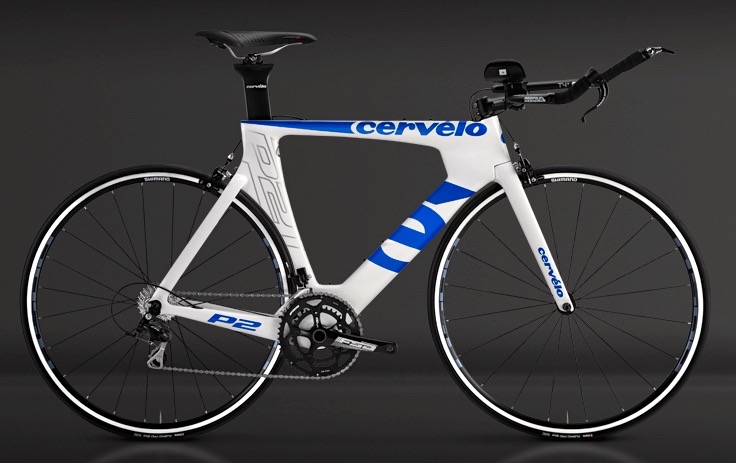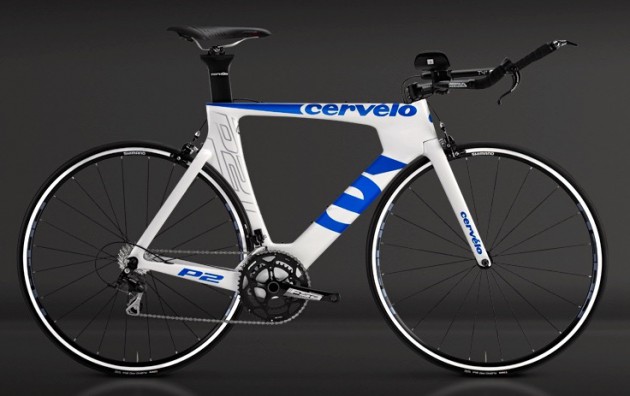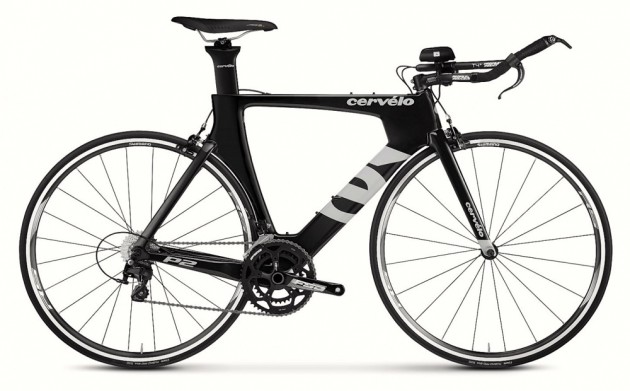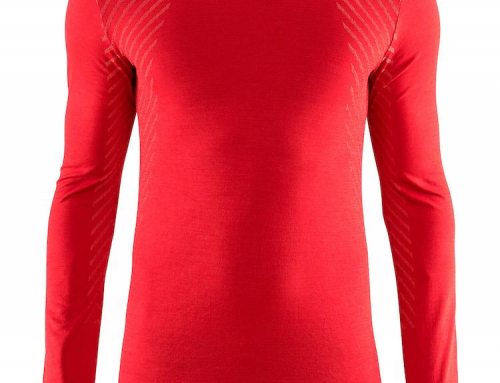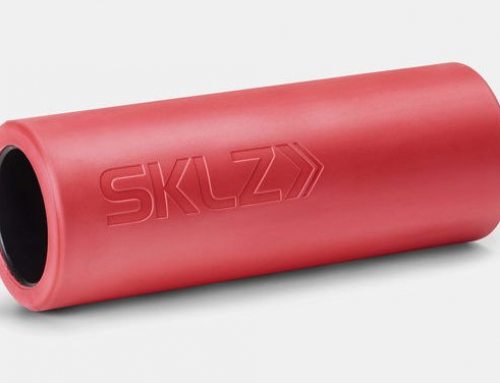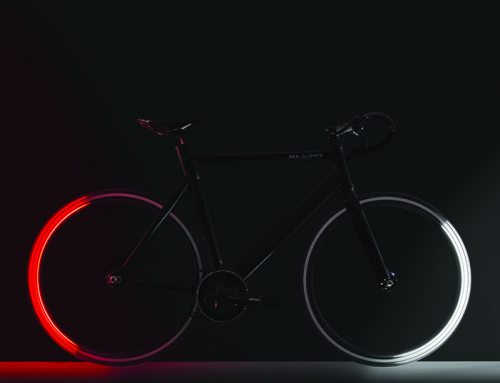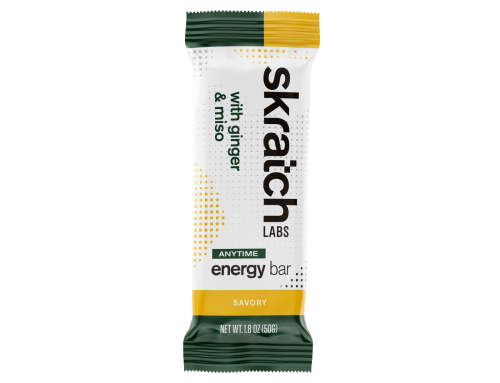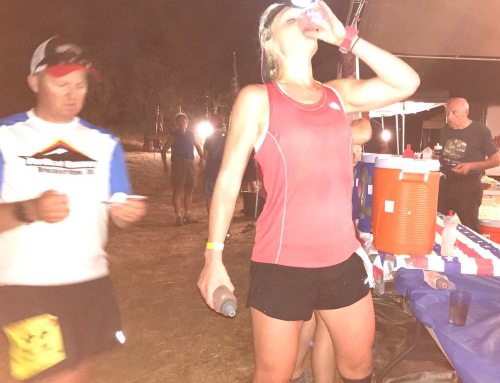By Chad Kufen
In 2013 when the Cervelo P3 redesign came out, I knew I had to have that bike! So in early 2014 I ordered mine from Cervelo and have been racing on it ever since. It was by far the best move (equipment-wise) I made to date. The new slightly taller, slightly shorter frame allowed me to achieve an aero yet sustainable position, resulting in substantial time savings on the bike, while saving the legs for the run. This position was not as easily attainable for me in previous model Cervelo’s (they were much lower and longer frames in the past). Like most high-end bikes my P3 came well equipped from the factory, with a carbon 3T bar system, Magura hydraulic brakes, Rotor cranks and Mavic Cosmic Elite training wheels. These pieces paired with Shimano Ultegra Di2 component package made for a great race bike for years to come. Add some race wheels and this bike is ready to race at the highest level!
Cervelo had a difficult task in making the new P3 faster than the original P3, a bike that dominated triathlons and time trials around the world for almost a decade. In order to achieve that, Cervelo designed this bike borrowing features and shapes from its new super bike, the P5. First, they routed the cables through the top tube, rather than the down tube. This really makes this bike much easier to work on and upgrade, especially when talking electronics. Like the P5, they began integrating hydration and nutritional concerns into the frame by adding 2 bosses on the top tube to mount a storage system or water bottle. (I would only use an aero bottle here as anything else may be too wide). This storage location is great for carrying supplies while keeping the aero drag to a minimum. The new systems made by companies like X-lab specifically for this type of mount, are much better options then the old bags in which you had to wrap Velcro straps around your top tube. The improved aero seatpost now has a sliding rail with a 10mm bore, that can be used to carry the X-lab Delta Sonic water bottle cage. This mount allows for a secure aero location to carry a bottle, although presently is available for one bottle only. It is important to note that unlike a lot of super bikes, Cervelo, in a bid to keep these bikes as user-friendly as possible, has decided to locate the rear break in the standard position, instead of below the bottom bracket. The seat stay shape was then redesigned to shield the brakes from the wind, thus reducing drag. I personally really like the brakes here, where it avoids a bit of road grime, and stays in an easier-to-service location.
So at this point you are probably saying, I thought I was going to learn about the P2? Well, you actually are. See the new P2 frame is exactly the same as the P3. The only difference is the fork. The P2 fork legs are ever-so-slightly thicker, just 4mm thicker towards the fork crown (which is where the front brake may disrupt air flow anyway). This was done as a way to save in cost. The P2 fork can match the stiffness and weight of the P3 and P5 for that matter, while using lower modulus fibers in the fork, thus saving cost. Since the P2 serves as Cervelo’s entry level triathlon bike, cost savings was somewhat of a concern. As a result, they achieved a savings of over $1,000 for the P3, by also using a different component build on an exact frame as its big sister, the P3. The P2 comes with Shimano 105 group set, Profile Design T4 aluminum bars, FSA crank and Shimano R500 wheels. These are lower in cost than the ones on the P3 but are still a great offering where little or no speed is sacrificed.
In preparing to do this review, I knew I must ride the P2 to see if it really was the same bike that I have been riding for 2 years now. So I set the stock bike up as close to my fit as possible, and off I went for a 90-minute ride. Since the bike comes with the same Adamo saddle in which I current ride, I was immediately at home (comfort wise) on the bike. During the first 30 minutes I did notice some differences in the touch points of the bike. Since the bars were different and the crankset was different, the bike did not have the same wow factor as the first time I rode my P3. This coupled with the 105 mechanical (remember I’m on an Ultegra Di2) gave me a bit of a clunky feeling. Superficial as this may have been, it was my immediate impression coming from the P3. However, after the first 30 minutes or so, and once I got warmed up and out of town, the bike really started to feel familiar to me. I rode some hard sections as well as some technical sections, and I can tell you that after an hour I had no idea I had a P2 under me! This bike was in fact the same high performing bike in which I had been accustomed to.
So the big question now is which bike is right for me, and why would I spend over a $1,000 more on one bike over another if they ride so similar. Well, if you recall they are still not the same offerings as a total bike. For me I would still choose the complete offering of the P3 because I want to have a complete high end racing bike from the start and not worry about any upgrades or customization in the near future. This said, the P2 offering is an identical frame to the P3, but with a very affordable as well as easily upgradable component offering. So if you want a high end triathlon bike, but are on a budget, or have a bar system you like, or plan to upgrade the crank or any of the other components in the future, the P2 is a better option. If you are like me, and you want to buy the new house and be done, then the P3 may be the way to go. In the end both bikes are as good as they advertise. And I am really a fan of Cervelo offering an entry level bike without sacrificing performance. This is not true with all major brands.
Oh and if you are still on the fence on which way to go? Remember the entry level P2 has Two Ironman World Championships to its credit! There is no denying the P2’s race pedigree, and this latest offering is no exception. This bike needs little input to fly!
# # #
Chad Kufen is manager of Inside-Out Sports with over 20 years of experience in the retail and customer service industry. He is an accomplished athlete who now spends most of his time training and competing passionately for long distance triathlons. He trains and works in the Cary, NC while residing in Raleigh, NC with his wife and 2 dogs. Chad can be reached at chad@insideoutsports.com


